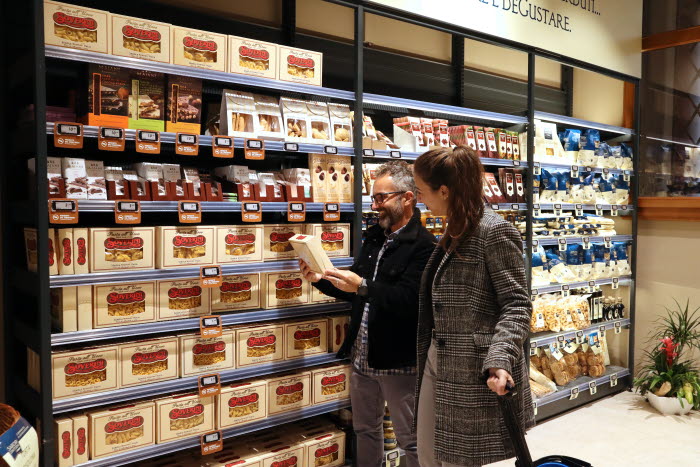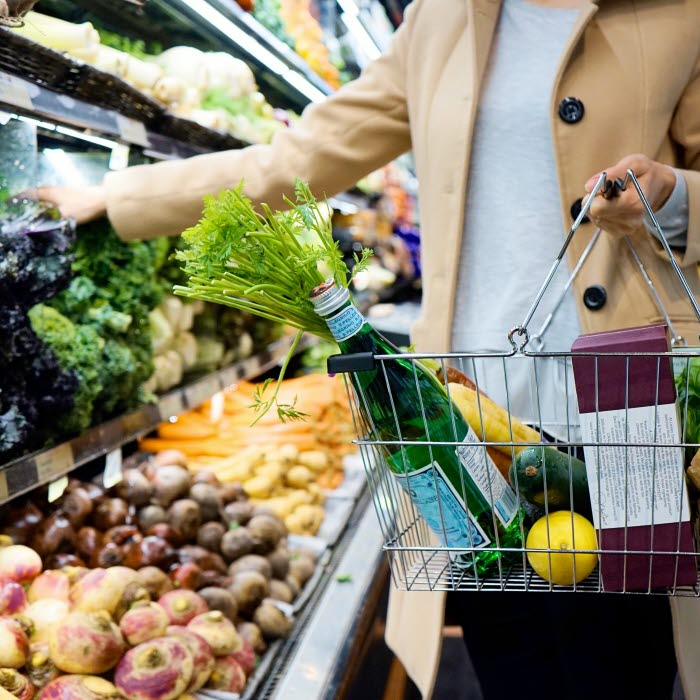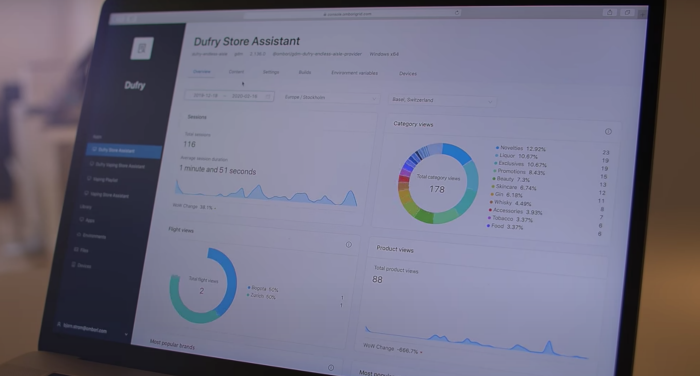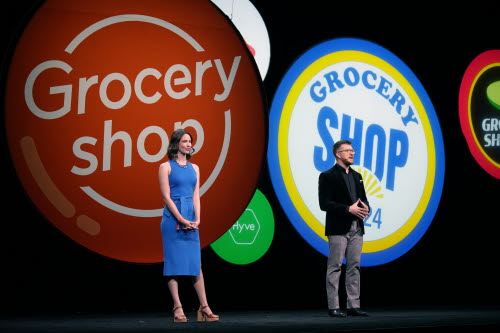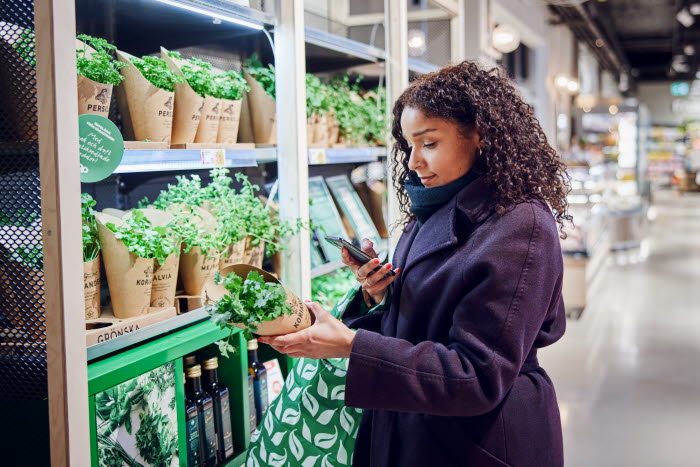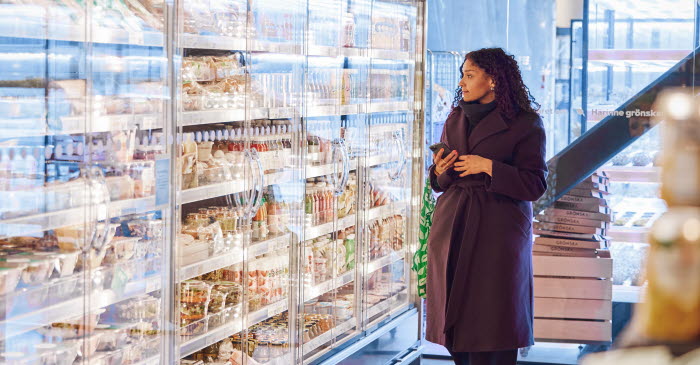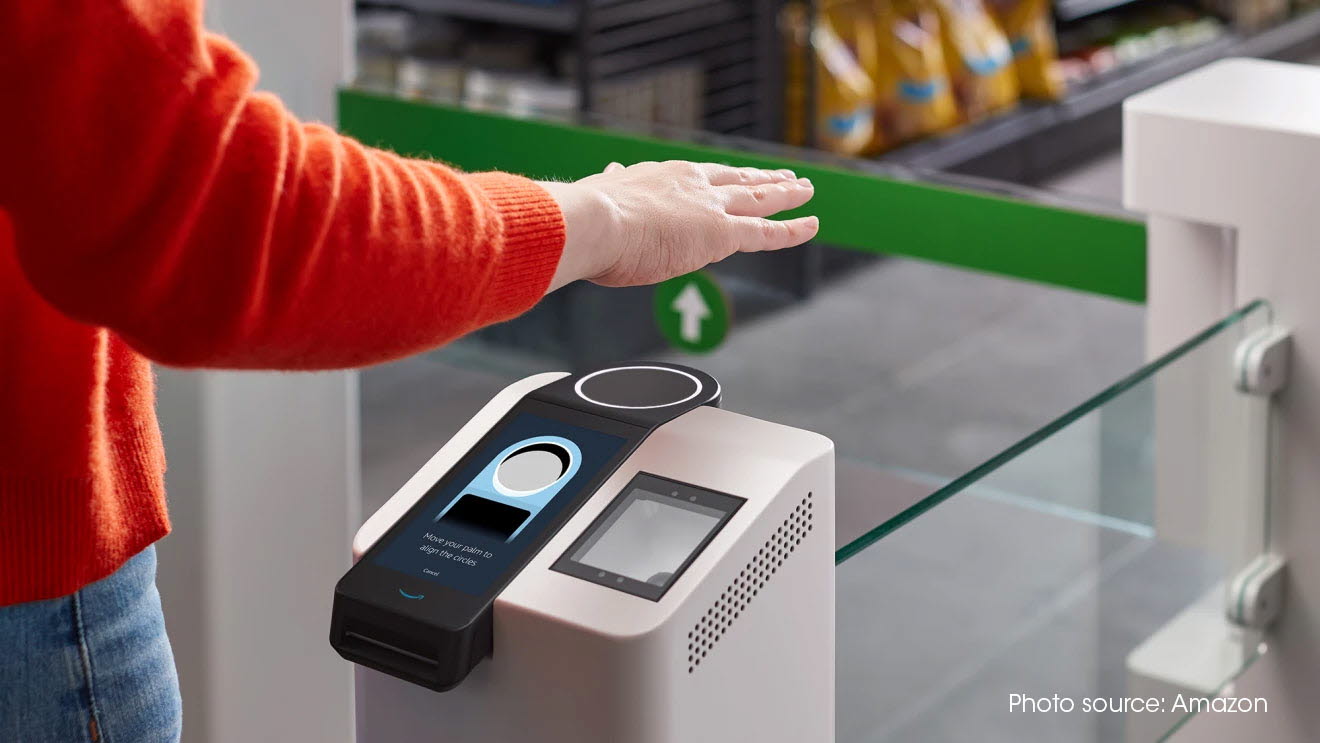
The future of convenience: Four growth drivers to win customers
Time is the new luxury, and consumers have never been more willing to pay to have more of it. Even on top of a corona crisis, where time – for many – suddenly wasn’t a scarcity, the crisis freed up time for reflection to carefully consider how it should be prioritized in the future.
Time to consume: 4 min
13 January 2022
The crisis has simply reinforced consumers’ need for convenience concepts that will allow them to prioritize the more valuable aspects of life than, in many circumstances, buying. There has never been a better growth basis for convenience concepts than right now, and in this blog, you will get insight into the four drivers to win customers and grow in the future.
#1 Efficiency
Efficiency is about saving and optimizing time for consumers and setting the stage for an easier and simpler everyday life. Here, convenience players must make an effort to relieve the customer without compromising the quality of the store visit. Technological in-store solutions can help both customers and staff, e.g. through smart checkout solutions, digital signage, smartphone apps with scan & go or preorder and pickup.
The store layout can be optimized, so it is easy to navigate around the store and quickly find the desired products, or augmented reality functions can be used to literally show customers the exact location. The options and many, but it is crucial to identify exactly where your customers can save valuable time. Self-service is spreading in the industry; unmanned stores pop up everywhere; and payment methods are undergoing major changes to – just look at Amazon who are now letting customers pay simply by swiping their palm.
Case: Amazon rolls out hand scanning technology to New York
Amazon is the king of convenience concept, and the e-commerce giant has made it its mission to make shopping as easy and frictionless as possible. This is also true when it comes to payment, which is why in 2021 Amazon has expanded payment with hand-scanning technology to their Amazon Go stores in New York. The system goes by the name Amazon One and works by customers connecting their unique palm prints to their payment cards, after which they can use hand scanning as contactless payment at the checkouts. {Photo source: Amazon}

#2 Ethics
With Ethics you are tapping into the consumers’ responsible world view and values to create true customer connections. It is about creating transparency about your company and making information about your ethical choices easily available to customers, e.g. brand values and information about the entire value chains and what you do to make the world a better place by acting responsibly.
As a convenience store, it is therefore important to consider how to communicate to customers about, among other things:
- Product ingredients. Inform about nutrient content and food safety (e.g. prevention of food contamination, pathogens, etc.)
- Brand values. It is important that your brand’s values are communicated to form customer connections. This can ultimately determine whether the customer chooses you over a competitor.
- Organic and local products, as they are benchmarks for quality, freshness, sustainability and social responsibility.
#3 Exercise
Health has gained increased focus in recent years and further with the corona crisis. Consumers want to be healthier, as it is a source of a good, long and disease-free life, and therefore many are attracted to products that can help create a sense of wellbeing. Consumers want convenience stores to take a stand and make healthy choices on their behalf by making it easy to choose better products for their health by offering healthy products. When the convenience stores have a large selection of healthy food-to-go, which e.g. 7-Eleven in Denmark has invested heavily (and successfully) in with various salads, paleo bars, skyr, raw porridge, quinoa and much more, they make life easier for today’s busy but health-conscious customer.
However, the health wave does not mean that convenience stores should completely drop the greasy hot dog. There is an increasing tendency for consumers to seek balance and common sense in their diet. As long as the diet is generally healthy, it is also okay to enjoy more unhealthy foods every now and then, especially if the quality level has been increased.
Case: Bilka chops customers’ vegetables
Consumers look for solutions that will make it easier to eat healthy and make them eat more fruit and vegetables. The Danish hypermarket chain Bilka has started a new concept that allows customers to get fresh vegetables chopped easily and quickly directly in the store. The concept goes by the name “Snitteriet” and offers freshly chopped and pre-packaged vegetables, as well as the possibility for customers to choose fresh vegetables, which are then chopped directly in the store by the employees, according to the customer’s preferences.
#4 Experience
Customers do not only compare products and prices, but the shopping experience as a whole. If you want to charge a higher price for your products, which is often the case in convenience, you need to deliver at more than product level. Creating great shopping experiences has become a must.
Good shopping experiences in convenience do not only include those who, with self-service stations and other time-saving initiatives, assist the customer in getting in and out of the store quickly. While this is certainly essential in convenience, there is also a need for a showdown with the “old-fashioned” perception of convenience stores, since they can also serve as destinations for much more than quick snacks and refueling. Maybe your customers want the opportunity to sit down for a few minutes to enjoy their meal before moving on – and others may need a longer break from their busy day. Eat-in is not only an obvious option for the grocery industry, but also for the convenience sector, as more and more consumers eat out more often and the boundaries between restaurant and other eateries become increasingly blurred. Small dining areas with a good atmosphere and quality products will invite customers to stay longer, socialize and provide opportunities for additional sales.
Article written by
Laura Simone Andersen
Trend specialist, Retail Institute Scandinavia

